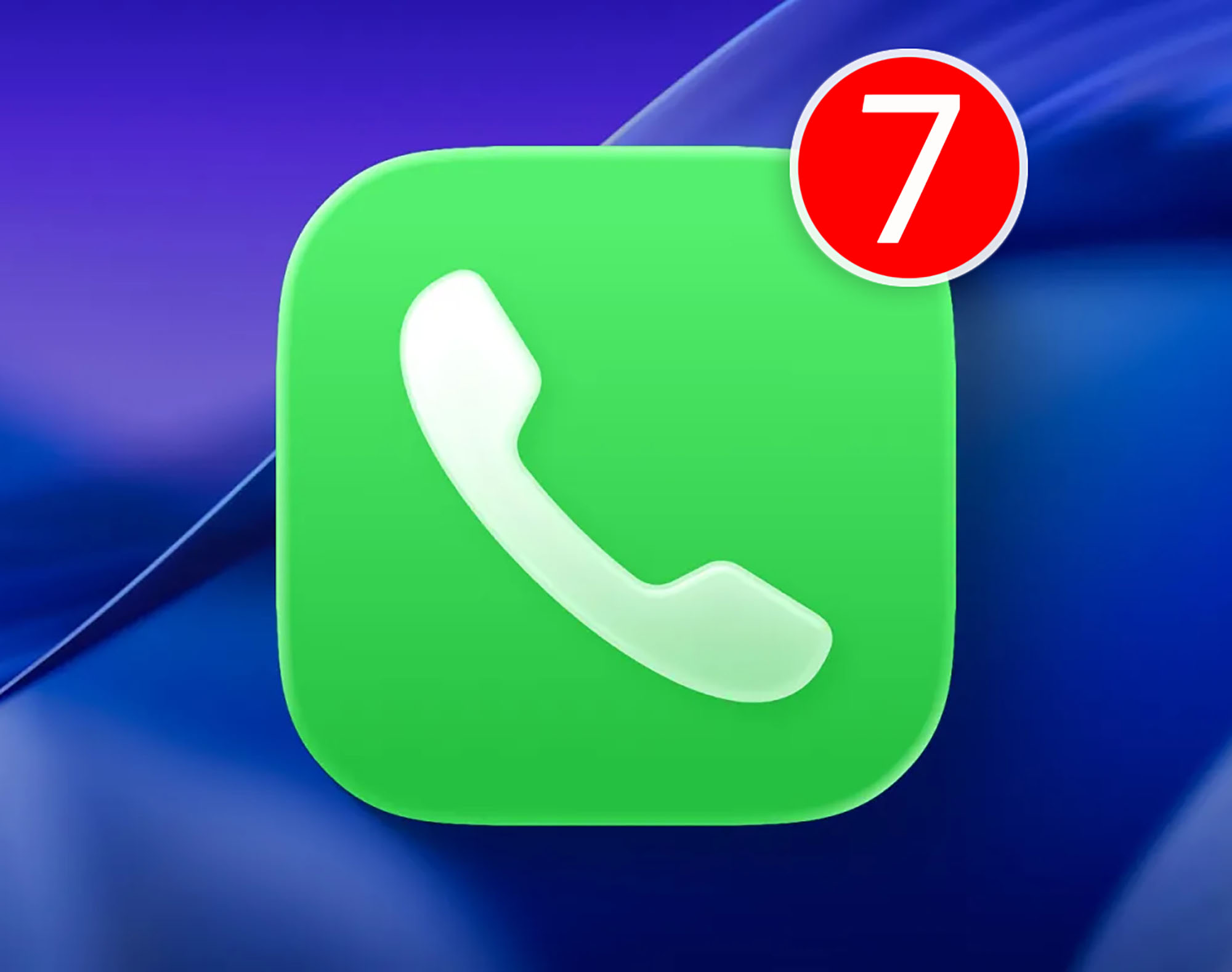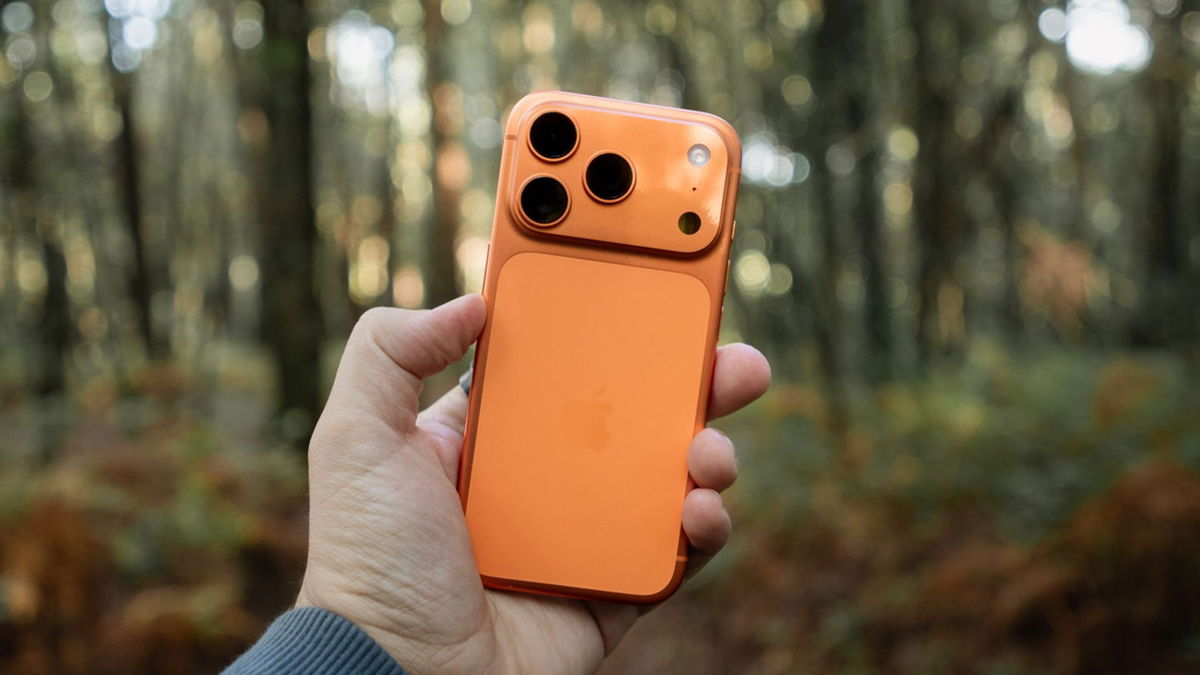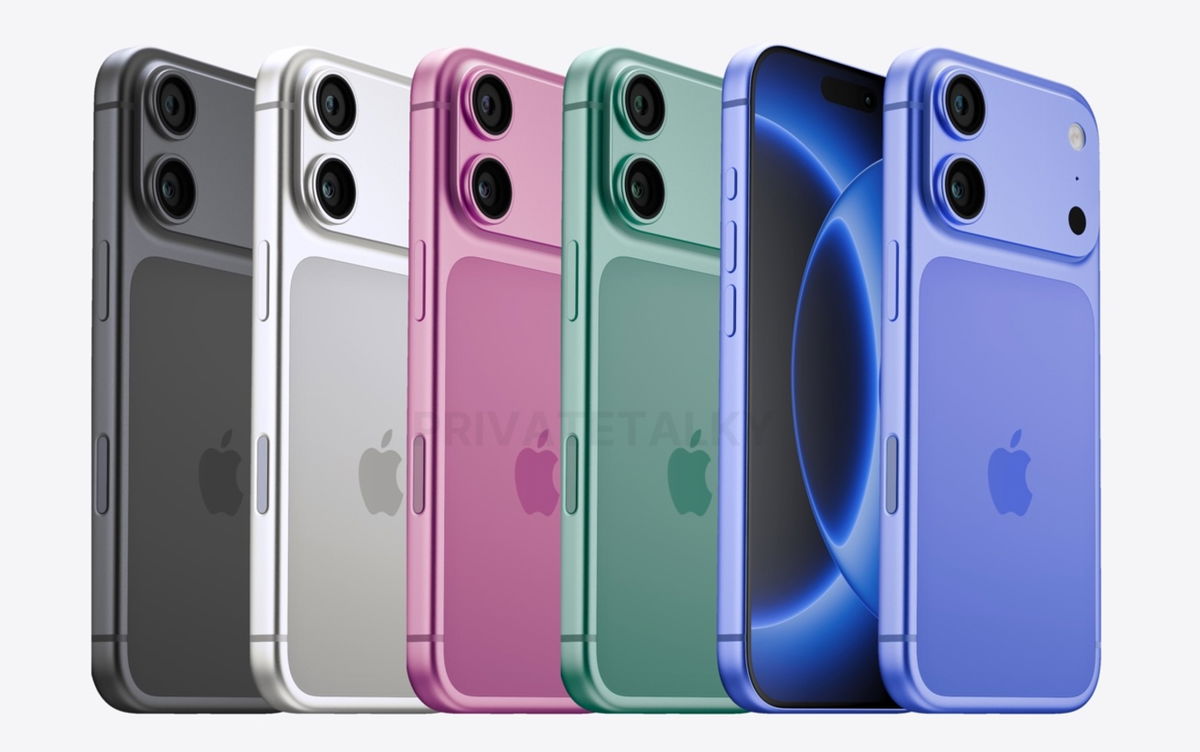It may come as a surprise to you, but your mobile phone’s IP68 or IP67 certification, which protects it from water and dust, degrades over time, especially if you do certain things, like putting your phone in the shower while you bathe in water that’s around 45 degrees (more or less, it doesn’t matter, it’s all about the water vapor). water resistance Your cell phone won’t last forever, but with certain steps you can extend its lifespan.
But first…
How does your mobile phone’s waterproofing work?
First of all, it is worth making an important clarification. Whenever we talk about IP certification of mobile phones, we mean resistance, not repulsion or even proof. In other words, to say that a smartphone is waterproof is inaccurate, if not false.
Now the abbreviation IP means protection against penetrationwhere the first digit indicates the level of resistance to dust, and the second – to liquid penetration. The higher the number, the higher the degree of protection of the device from water and dust.
Having explained the above, we will now explain in general terms how the waterproofing of your mobile phone works. According to experts from Prostehaa company that specializes in creating adhesives for electronics, much of the water and dust resistance comes from the adhesive applied to the various parts of your mobile phone, and this rough They create a kind of seal that prevents the passage of liquids.
However, since your mobile phone has several holes that are prone to liquid leakage, such as the USB port or microphone holes, some of them are “sealed” with glue or even tape.
If you’ve ever opened a cell phone, you know that the back cover is almost always glued with glue that can only be softened with a heat gun. Well, it goes without saying that when you open a cell phone for repair, you’re essentially giving up water and dust protection.
Placing your smartphone in a chlorinated pool or, worse, salt water, causes the materials that insulate the internal components from the water to deteriorate. A similar process occurs when you put your mobile phone in the shower, where water vapor can penetrate tiny cracks and subsequently condense inside your smartphone, damaging various components. This practice is often the cause of speaker sound problems, and can be solved by playing certain sounds.
How to maintain water resistance on your mobile phone?
While degradation of the components that keep your smartphone sealed is almost inevitable, you can extend its life by taking simple steps. Samsung has some guidelines that, while intended for Galaxy phones, are valid for any smartphone with IP67 or IP68 certification.
- Do not immerse your mobile phone in water deeper than 1 meter for IP67 phones or deeper than 1.5 meters for IP68 phones for more than 30 minutes.
- Do not expose your mobile phone to water or dirty liquids (salt water, pool water, soapy water, oils, perfumes, sunscreen, hand detergents, chemicals such as cosmetics, liquids containing alcohol, etc.).
- Do not expose your mobile phone to high water pressure.
- Do not use your mobile phone in abnormal temperatures, such as saunas or Turkish baths, or in places with high humidity.
- Do not throw, hit or impact the product in any way.
- Use the provided pin to remove the SIM card tray from the product. When reinstalling, insert it as far as it will go so that there are no gaps. Also, do not insert foreign objects into the SIM card tray or gaps.
Source: Digital Trends












